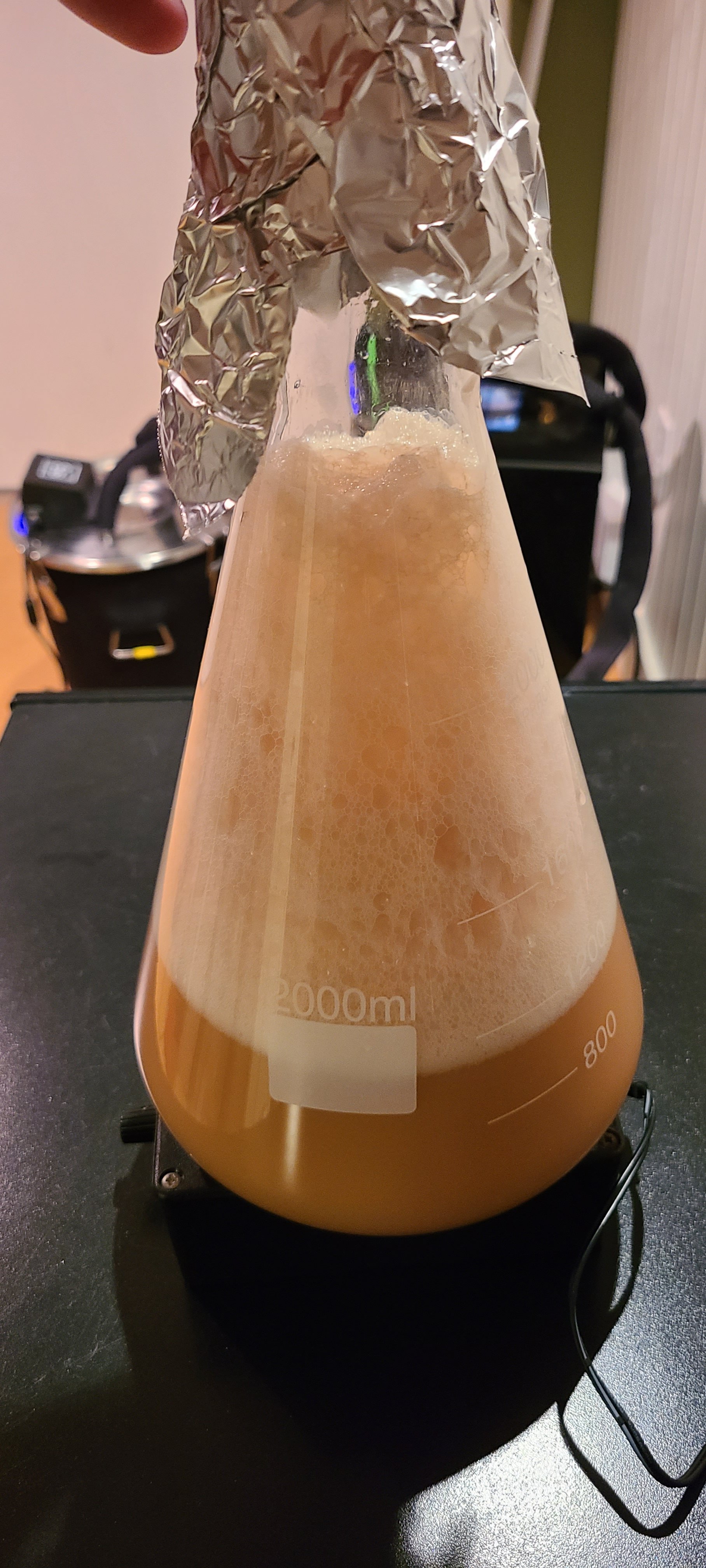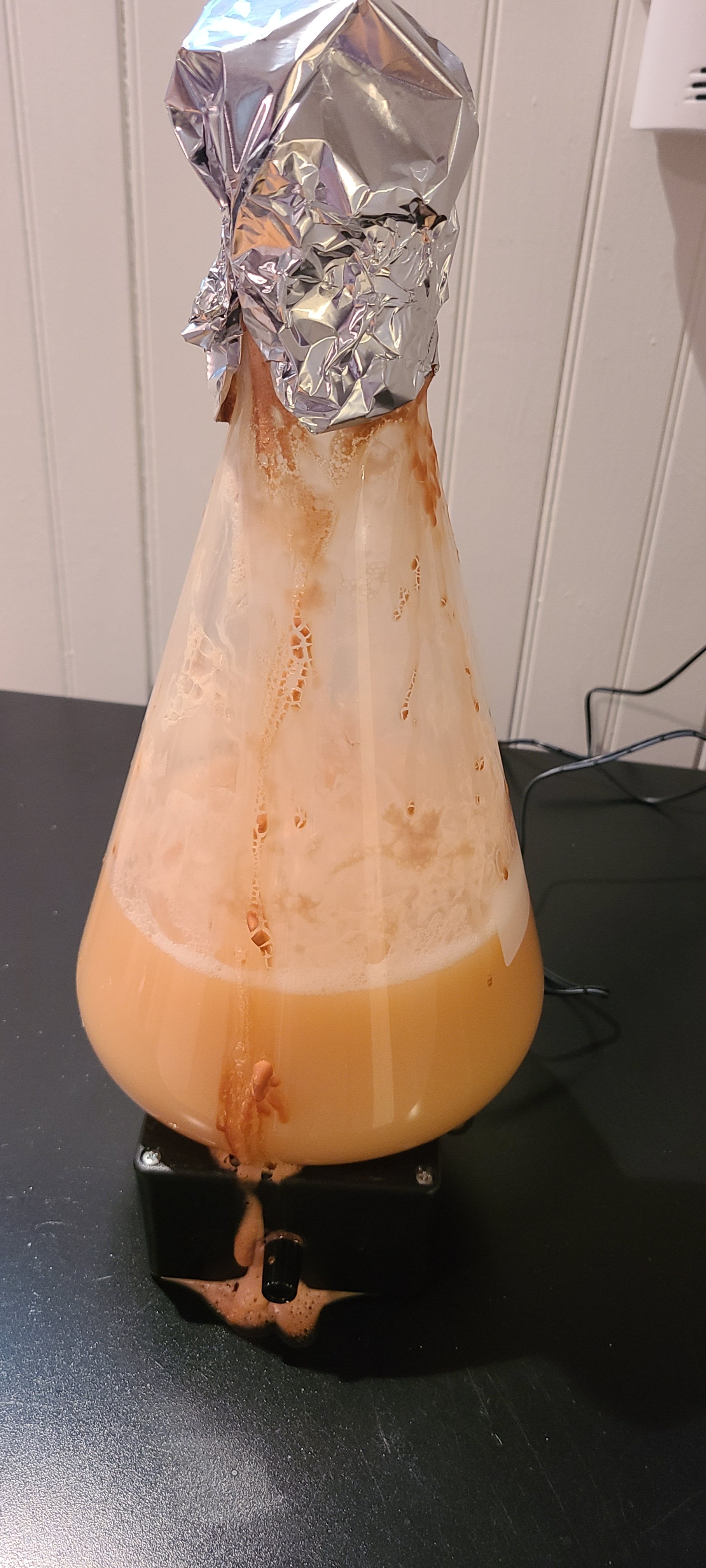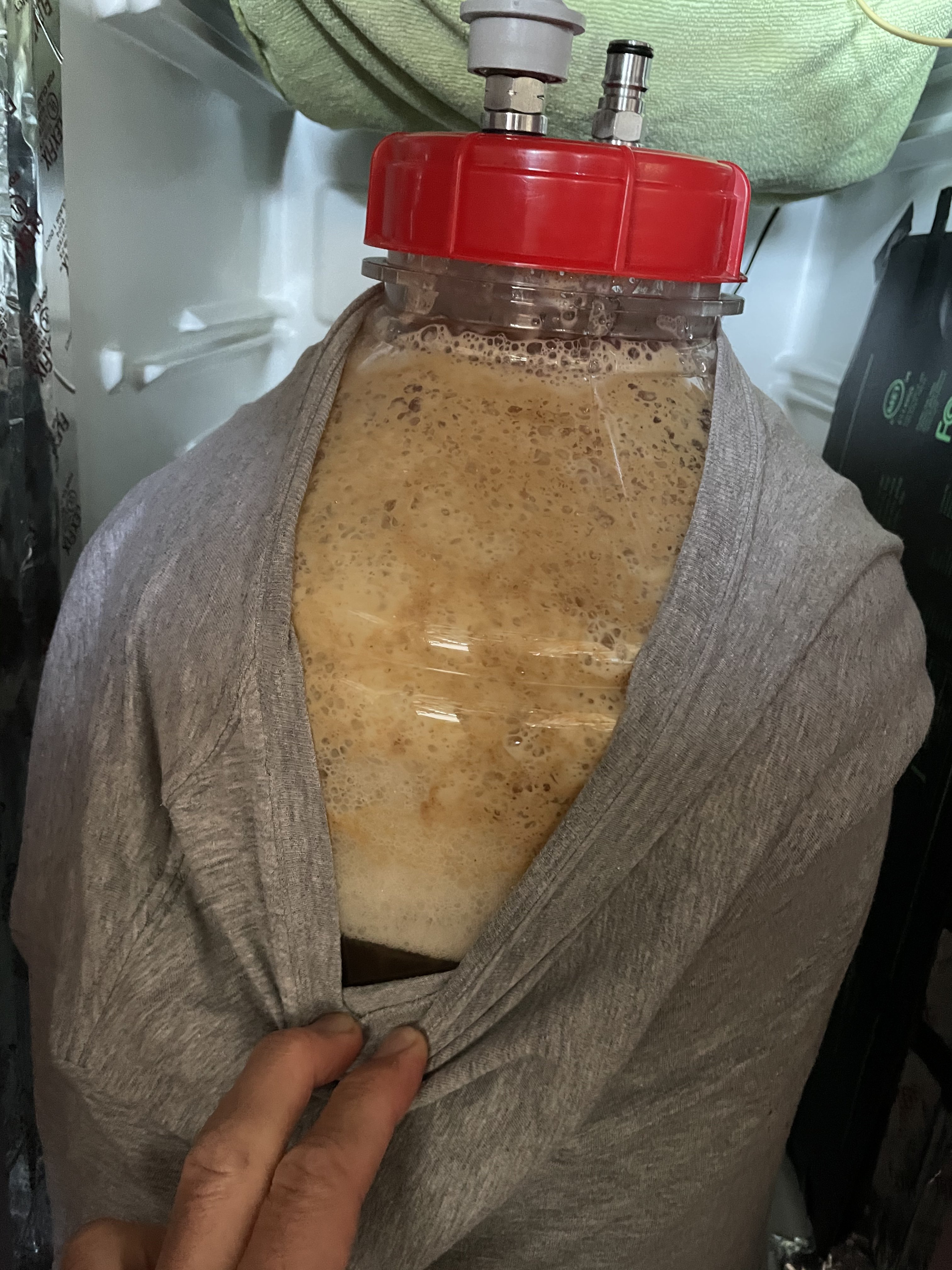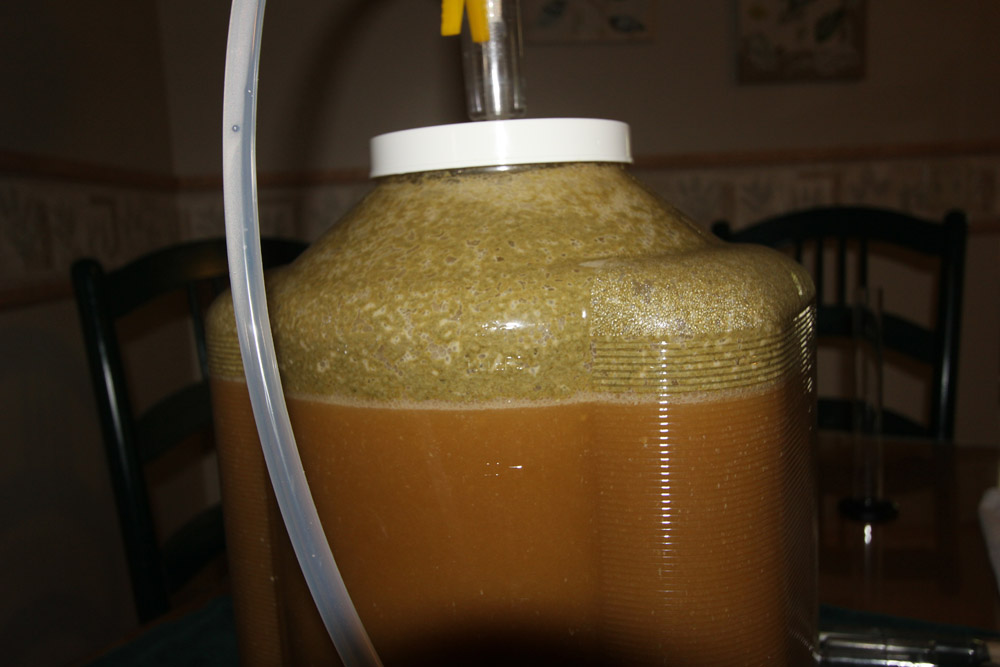For quite a while us-05 has been my go to yeast, I get a 2-3 inch krausen, it falls, then that is it. I decided to start trying different yeasts and the last 2 (Juice and K-97) decided that my 1.25 gallons of extra head space in the fermenter was not enough and blew through the airlock. Is there any easy way to tell if a yeast strain will have a high likelihood of climbing out of the fermenter? Is there a list somewhere of these strains? All I could find were threads where strains would be mentioned, but no place with an easy reference. Thanks in advance!
Edit: I have had so many good responses that I edited the list started by Holden Caulfield below to include the other entries so far. As mentioned by u81doughboy below there are several variables that can impact krausen size. This of course is based on anecdotal evidence and meant to give rough guidance on what to expect from a yeast strain. Feel free to comment below and I will adjust as necessary, thanks everyone!
Need a blowoff - a beast that will crawl out of anything...
Edit: I have had so many good responses that I edited the list started by Holden Caulfield below to include the other entries so far. As mentioned by u81doughboy below there are several variables that can impact krausen size. This of course is based on anecdotal evidence and meant to give rough guidance on what to expect from a yeast strain. Feel free to comment below and I will adjust as necessary, thanks everyone!
Need a blowoff - a beast that will crawl out of anything...
- Wyeast 1469 (Timothy Taylor strain)
- Wyeast 1007 (German ale)
- WLP530 (Westmalle Strain)
- WLP540 (Rochefort Strain)
- SafAle K-97
- Imperial Yeast A38 Juice
- Wyeast 1318 London Ale III
- Voss Kveik
- Kolsch 2565
- Lalbrew Verdant IPA
- Imperial Whiteout
- Bell's house yeast
- Wyeast 3787
- Wyeast 1272 (American Ale II)
- WLP 530 Belgian Monastery
- Wyeast 3522 Belgian Ardennes
- Nottingham
- Wyeast 1968, WLP002
- S-05, WLP001
- S-04
- WLP007
- Wyeast 1084, WLP004
- WLP090
- Wyeast 2124, WLP 830, 34-70 (Weihenstephaner strain)
- Wyeast 2278
- Wyeast 2206
- WLP833 (Ayinger Strain)
- WLP800 (Note, this is suppose to be the same as 2001, but genetic testing has show that it is not the same as it is an ale yeast)
- Wyeast 2001 (Pilsner Urkell H-Strain)
- Wyeast 2112, WLP810 (California Common)
- WLP029 (Kolsch)
Last edited:







![Craft A Brew - Safale S-04 Dry Yeast - Fermentis - English Ale Dry Yeast - For English and American Ales and Hard Apple Ciders - Ingredients for Home Brewing - Beer Making Supplies - [1 Pack]](https://m.media-amazon.com/images/I/41fVGNh6JfL._SL500_.jpg)





















































